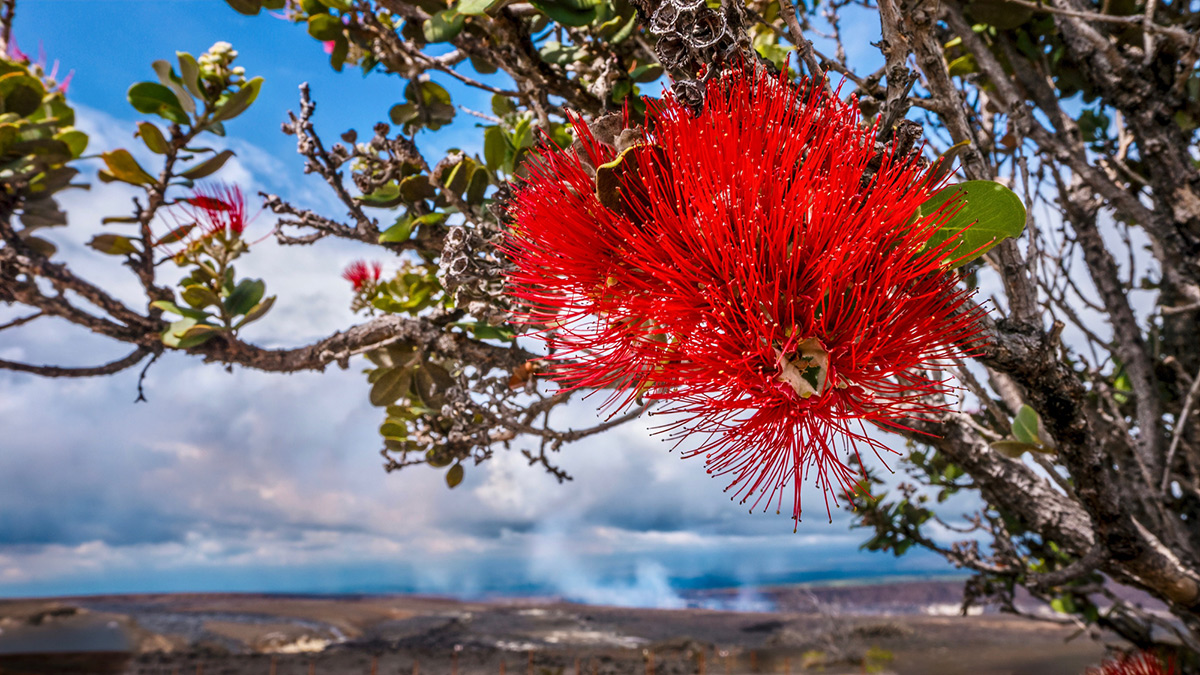The lush landscapes of the Hawaiian Islands are adorned with a rich tapestry of native trees, each contributing to the unique ecosystems that define this tropical paradise. However, the health of these trees faces constant challenges from diseases and pests that can impact their vitality and longevity. In this article, we will delve into the best approaches to disease and pest management for Hawaiian native trees, exploring strategies to preserve their natural beauty and ecological significance.
Understanding the threats
Hawaii’s native trees are susceptible to a variety of diseases and pests that can compromise their health. The introduction of non-native species, climate variations, and changes in environmental conditions have exacerbated these challenges. Recognizing the specific threats is a crucial first step in developing effective management strategies.

Approaches to Disease and Pest Management
Case Studies
1. Rapid ʻŌhiʻa Death (ROD) Management Program
The state of Hawaii has implemented a comprehensive management program to combat ROD, including the establishment of quarantine zones, public outreach, and research into resistant tree varieties.
2. Coconut Rhinoceros Beetle Response
The response to the coconut rhinoceros beetle invasion involved coordinated efforts from the Department of Agriculture, researchers, and communities to control the spread of this destructive pest.
3. Community-Based Tree Health Initiatives
Grassroots initiatives in local communities have proven effective in monitoring tree health, organizing tree-planting events, and educating residents about the importance of disease and pest management.
Preserving the health of Hawaiian native trees requires a multi-faceted and collaborative approach. From early detection and monitoring to integrated pest management and community engagement, every strategy plays a vital role in maintaining the ecological balance of the islands.
As Hawaii continues to face emerging threats and the impact of climate change, the commitment to effective disease and pest management becomes even more critical. By combining scientific research, cultural practices, and community involvement, we can ensure that the canopies of Hawaii’s native trees continue to thrive for generations to come.

